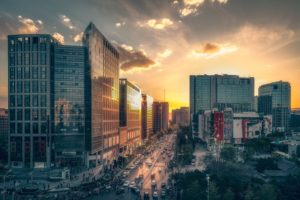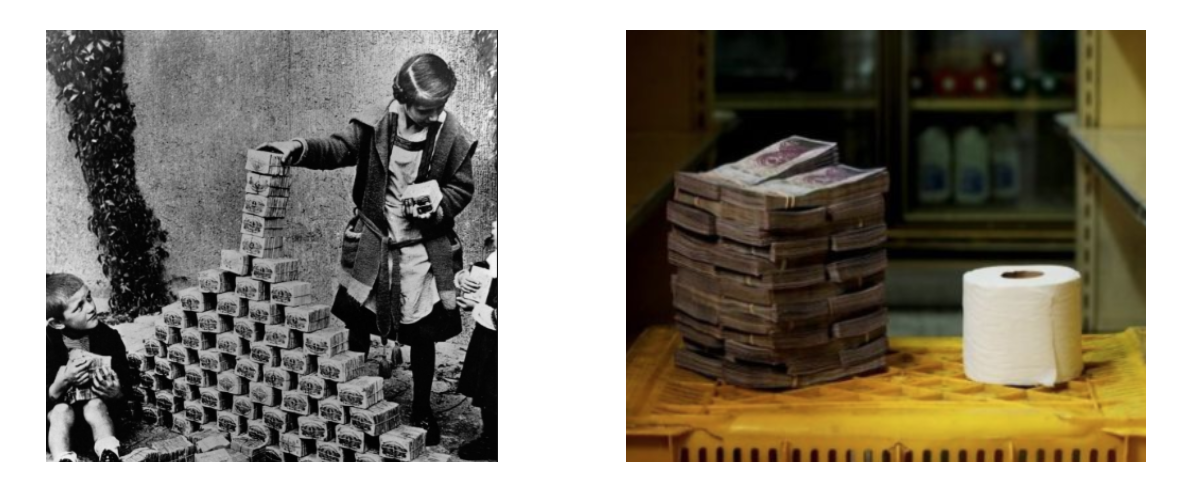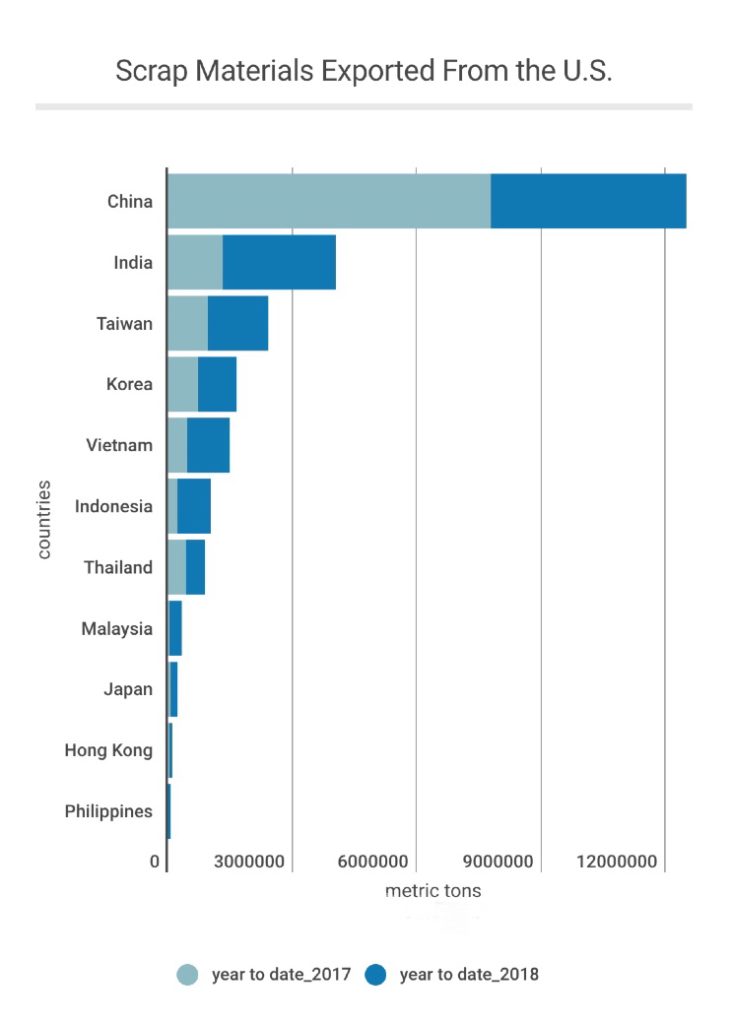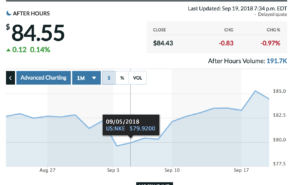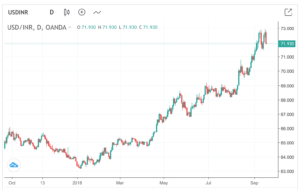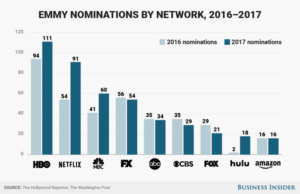During Prime Minister’s Questions in a British House of Commons session on December 8, 2010, Labour Member of Parliament Jack Dromey caught the attention of the whole House with his question. “Is the Prime Minister aware that parliament may have been infiltrated by an imposter? The Deputy Prime Minister…” He was referring to Nick Clegg, leader of the Liberal Democrat Party. “…has said he would vote to treble tuition fees and abolish the educational maintenance allowance. Before the general election, the leader of the Liberal Democrats said that he would abolish tuition fees and keep the educational maintenance allowance. Can the Prime Minister tell the house: Are there two Nick Cleggs?” It would not be the first or the last time Clegg’s U-turn on tuition fees was scrutinized and mocked. To this very day, the tuition fiasco remains the biggest defining event of Clegg’s political career, likely to his regret.
In all fairness, we should have grown used to politicians making promises during election season, and never delivering them after being elected by now. Clegg’s broken promise, however, caused far more fury than normal in the United Kingdom because he had always kept the image of an earnest and honest man. Now that it has been announced he is the new Head of Global Affairs at Facebook, one cannot help but wonder if there are indeed two Nick Cleggs.

Those with a good memory will remember Clegg speaking out against Facebook less than two years ago. In a piece he wrote for the Evening Standard on the heels of the 2016 US election, though Clegg did not join the popular opinion that Facebook was to be blamed for an unfavorable result, he did not have much good to say about the company either. “I’m not especially bedazzled by Facebook. While I have good friends who work at the company, I actually find the of Facebook a little grating. Nor am I sure that companies such as Facebook really pay all the tax they could.” Now, he is planning to move his family across the pond to Silicon Valley, and live and work in the center of that grating, messianic Californian new-worldy-touchy-feely culture. The ironic nature of this career move is furthered by reports that Facebook was among the conglomerates guilty of tax avoidance earlier last month, while Clegg himself had vowed to stop these companies from abusing the system when he was in government.
Admittedly, circumstances have changed a great deal since Nick Clegg was riding high on “Cleggmania” as the darling and kingmaker of British politics. He has since resigned in 2015 as party leader, and lost his seat in parliament in the 2017 general election. Nevertheless, the fact he, for whatever reason, did not stand his ground against the Conservative Party in 2010 regarding tuition fees in their negotiations, or stayed true to what he had written about Facebook is an implication that he is not, and, possibly, never was the rare sincere politician he was thought to be. In essence, regardless of what his public image might suggest, this is a man who does not act the way he speaks through and through.
Sources:
https://www.c-span.org/video/?c4759335/2-nick-cleggs
https://www.bbc.com/news/technology-45913587
https://www.theguardian.com/technology/2018/oct/08/facebook-uk-tax-bill-sales-margaret-hodge
https://www.bbc.co.uk/news/uk-politics-16422437
